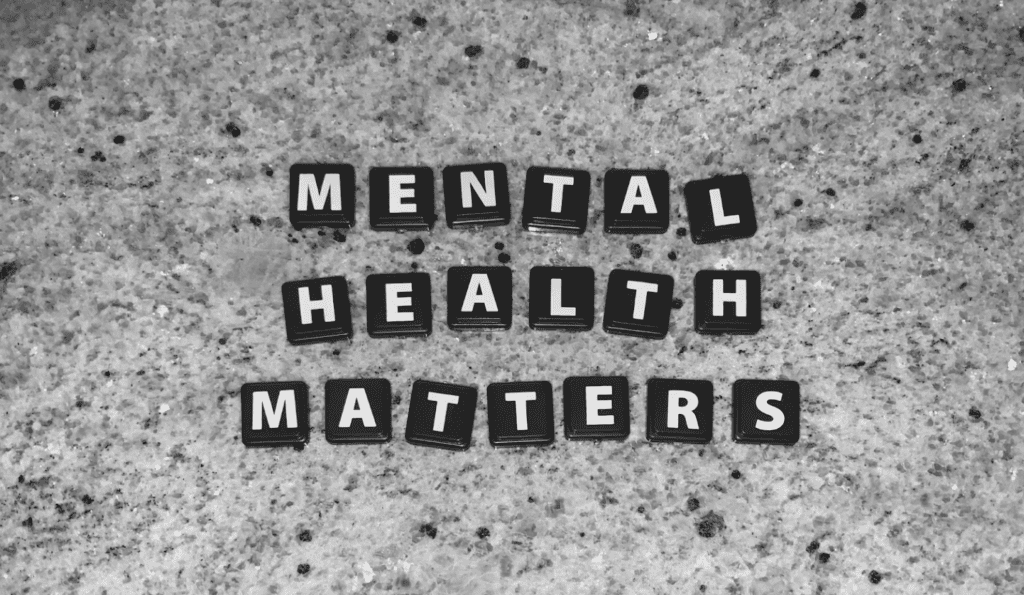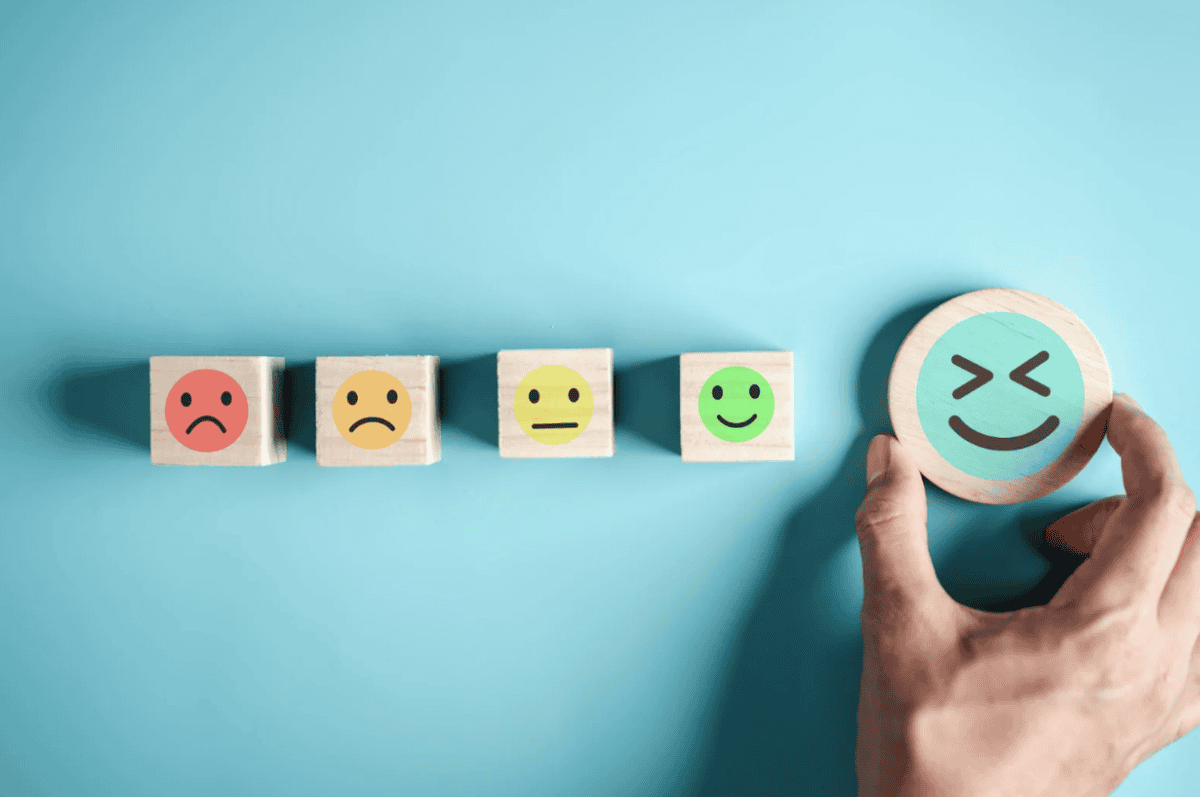Do you find yourself facing mental health challenges and considering professional support? Locating a psychologist who matches your unique requirements often creates feelings of being overwhelmed.
Your journey through mental health support is shared by many Australians. Many Australians are seeking mental health support, and finding the right psychologist for you can make all the difference in your healing process.
Read this article to learn how to select the right psychologist who aligns with your specific needs and preferences.
What You’ll Discover Today
- Understanding Different Mental Health Professionals
- Identifying What You Need in a Psychologist
- Where to Find Qualified Psychologists
- Practical Considerations in Your Search
- Making Initial Contact and Assessment
- Evaluating Your Therapeutic Relationship
Understanding Different Mental Health Professionals
Understanding the different mental health professional types is essential before selecting a psychologist.
Psychologists vs. Psychiatrists vs. Counselors
The mental health industry consists of professionals who possess diverse qualifications.
- Psychologists hold advanced degrees in psychology. These professionals receive training to evaluate mental health conditions and deliver treatment through scientifically-supported therapeutic conversations. In September 2024 the state of New South Wales led Australia in registered psychologists numbers with a total of 15,000 professionals. They cannot prescribe medication.
- Psychiatrists have completed medical school and undergone specialized training to treat mental health disorders. They can prescribe medications and provide therapy.
- Counselors receive specialized training in counseling methods but their education and clinical training levels may not match those of psychologists.
In 2022 Australia had approximately 33,000 psychologists which ranked them among the largest mental health professional groups. Private practices employed 49% of psychologists and schools employed approximately 10%.

Types of Psychology Specializations
Psychologists often specialize in particular areas. The year 2021 saw nearly 71% of psychologists receive an endorsement in clinical psychology. Other common specializations include:
- Clinical Psychology specializes in the identification and treatment of severe mental health conditions.
- Health Psychology provides assistance to individuals in maintaining physical health conditions.
- This field of psychology focuses its expertise on the mental health needs of younger populations.
- Forensic Psychology: Works within the legal system
Identifying What You Need in a Psychologist
Pause to assess your needs before beginning your search for a psychologist.
Clarify Your Goals for Therapy
Ask yourself:
- Which particular problems do I want to work on during therapy?
- My focus is either immediate problem-solving or extended personal development.
- Is my preference in therapy toward practical tools or the deeper exploration of my emotions?
Consider Your Preferences
Identify the factors that will help you feel most comfortable during therapy.
- Does your preference lean toward a male psychologist or a female psychologist?
- Would you feel more comfortable working with someone who shares your cultural heritage?
- Do you want to attend therapy sessions face-to-face or through online telehealth options?
The majority of people discover that these superficial factors significantly contribute to developing trust and rapport.
Therapeutic Approaches
Different psychologists use different methods. Common approaches include:
- Cognitive-Behavioral Therapy (CBT) helps individuals recognize and adjust their negative thought patterns
- Acceptance and Commitment Therapy (ACT) integrates mindfulness practices with behavioral modification techniques
- Psychodynamic Therapy investigates patterns hidden in the unconscious mind alongside historical experiences.
It is not necessary to be an expert in these methods but knowing what you prefer will help you narrow down your choices.
Where to Find Qualified Psychologists
With a better understanding of your needs, how can you locate professionals who fit your criteria?

GP Referrals and Mental Health Care Plans
Patients seeking psychological help in Australia should begin by consulting their general practitioner. Your doctor can:
- Your doctor can establish a Mental Health Treatment Plan that qualifies you for Medicare rebates on ten sessions each year.
- Your doctor can identify psychologists who best match your individual requirements.
Online Directories and Professional Associations
You can locate qualified psychologists by using several trustworthy resources.
- The Australian Psychological Society operates a service called Find a Psychologist to help you locate qualified professionals.
- Psychology Today’s therapist directory
- Beyond Blue’s Find a Professional service
You can use these directories to filter options based on location and specialty among other criteria.
Word of Mouth Recommendations
Don’t underestimate the value of personal referrals:
- Seek recommendations from people you trust like family members or close friends.
- Support groups may provide useful recommendations from their members.
Keep in mind that a therapy method successful for others may not produce the same results for you.
Practical Considerations in Your Search
The search for an appropriate therapeutic match remains essential but practical considerations must be factored into your final decision.
Location and Accessibility
Consider:
- How far are you willing to travel?
- Does the office accommodate patients with mobility challenges?
Since 49% of psychologists work from private practices you will likely find multiple available therapists in your locality.
Cost and Insurance Coverage
Understanding the financial aspect is essential:
- What are their session fees?
- Do they offer bulk billing?
- What percentage of your mental health care plan expenses will Medicare reimburse?
- What kind of rebates do private health insurance policies offer to their holders?
Availability and Scheduling
Think about:
- Do you need evening or weekend appointments?
- What would be your preferred frequency for attending therapy sessions?
- Is there a waiting list and what is its duration?
Popular psychologists often require extended wait times before you can secure an appointment.
Making Initial Contact and Assessment
After selecting potential psychologists you need to reach out to them initially.
What to Ask in Your First Conversation
Whether by phone or email, consider asking:
- Are they taking new clients?
- Have they handled cases similar to your particular issues?
- What therapeutic approaches do they use?
- What are their fees and payment policies?
Your first interaction enables you to understand their communication style and responsiveness.
Red Flags to Watch For
Be cautious if a psychologist:
- Makes promises of quick or guaranteed results
- They demand early commitment to multiple sessions in bulk.
- Doesn’t clearly explain their approach or fees
- Seems dismissive of your questions or concerns
Listen to the warning signs in your gut if something feels wrong.
Evaluating Your Therapeutic Relationship
Selecting a psychologist requires more than verifying their qualifications—you need to find a practitioner who connects well with you.
Trust Your Gut Feeling
Successful therapy outcomes are most accurately predicted by the quality of the therapeutic relationship. Pay attention to:
- Can you feel at ease when you share your thoughts with this individual?
- Do you feel heard and understood?
- Is there mutual respect in the conversation?
The psychologist who seems perfect on paper may not be suitable when you meet them in person.
Give It Time (But Not Too Much)
The initial discomfort you experience during your first sessions is expected because you’re sharing personal information with someone you haven’t met before. However:
- The majority of people realize whether a positive therapeutic relationship exists after attending 2-3 sessions.
- A repeated worsening of your mood after sessions indicates you might need to find a different psychologist.
- Communicate any concerns you have openly with your psychologist.
It’s normal to need multiple attempts before discovering the psychologist who fits your needs.
When to Consider a Change
You may need to switch psychologists if you notice any of the following signs:
- Feeling consistently misunderstood or judged
- After several months of therapy there remains no noticeable improvement.
- Experiencing boundary violations or ethical concerns
You should express appreciation for their time and state your interest in exploring therapy with another professional.
Making Your Decision
Selecting an appropriate psychologist requires work but pays off through your mental health improvement. Remember:
- There’s no one-size-fits-all approach to mental health
- You have the right to speak up for your requirements and personal needs.
Effective support enables individuals to create strategies for overcoming life’s obstacles.
Your search for the ideal psychologist demonstrates your ongoing dedication to your mental health journey. That’s something to be proud of!




























